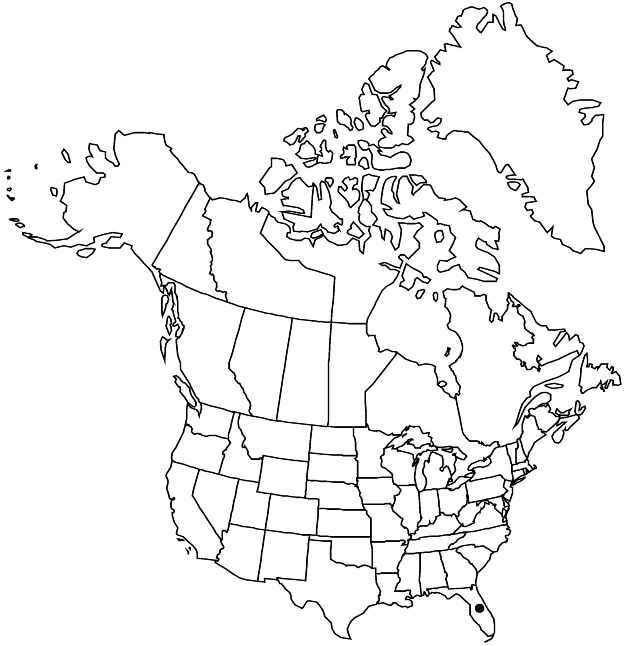Difference between revisions of "Plumbago auriculata"
in J. Lamarck et al., Encycl. 2: 270. 1786.
FNA>Volume Importer |
imported>Volume Importer |
||
| Line 8: | Line 8: | ||
}} | }} | ||
|common_names=Cape leadwort | |common_names=Cape leadwort | ||
| + | |special_status={{Treatment/ID/Special_status | ||
| + | |code=I | ||
| + | |label=Introduced | ||
| + | }} | ||
|basionyms= | |basionyms= | ||
|synonyms={{Treatment/ID/Synonym | |synonyms={{Treatment/ID/Synonym | ||
| Line 28: | Line 32: | ||
|elevation=0-50 m | |elevation=0-50 m | ||
|distribution=Fla.;s Africa. | |distribution=Fla.;s Africa. | ||
| + | |introduced=true | ||
|discussion=<p><i>Plumbago auriculata</i> is frequently cultivated in Mediterranean-type warmer climates, especially in California, Arizona, and Texas.</p> | |discussion=<p><i>Plumbago auriculata</i> is frequently cultivated in Mediterranean-type warmer climates, especially in California, Arizona, and Texas.</p> | ||
|tables= | |tables= | ||
| Line 51: | Line 56: | ||
|publication title=in J. Lamarck et al., Encycl. | |publication title=in J. Lamarck et al., Encycl. | ||
|publication year=1786 | |publication year=1786 | ||
| − | |special status= | + | |special status=Introduced |
| − | |source xml=https:// | + | |source xml=https://bibilujan@bitbucket.org/aafc-mbb/fna-data-curation.git/src/bb6b7e3a7de7d3b7888a1ad48c7fd8f5c722d8d6/coarse_grained_fna_xml/V5/V5_1243.xml |
|genus=Plumbago | |genus=Plumbago | ||
|species=Plumbago auriculata | |species=Plumbago auriculata | ||
Revision as of 23:30, 27 May 2020
Plants evergreen shrubs. Stems erect, trailing, or climbing, diffusely branched, to 3+ m, glabrous or pubescent on youngest shoots. Leaves usually sessile, sometimes short-petiolate; blade elliptic, oblanceolate, or spatulate, (1–)2.5–9 × 0.5–2.5 cm, base usually long-attenuate, sometimes auriculate, apex acute or obtuse, mucronate. Inflorescences 2.5–3(–5) cm, rachises short-pilose (hairs ca. 0.1 mm), eglandular; floral bracts lanceolate, 3–9 × 1–2 mm. Flowers 3-stylous; calyx 10–13 mm, tube usually short-pilose and with stalked, capitate, glandlike protuberances ca. 1 mm along distal 1/2–3/4 of ribs; corolla pale blue, 37–53 mm, tube 28–40 mm (more than 2 times length of calyx), lobes 10–16 × 6–15 mm; stamens included or exserted. Capsules 8 mm. Seeds brown, 7 mm. 2n = 14 + 0–1B.
Phenology: Flowering year-round.
Habitat: Hummocks, thickets, disturbed sites in dry soil
Elevation: 0-50 m
Distribution

Introduced; Fla., s Africa.
Discussion
Plumbago auriculata is frequently cultivated in Mediterranean-type warmer climates, especially in California, Arizona, and Texas.
Selected References
None.